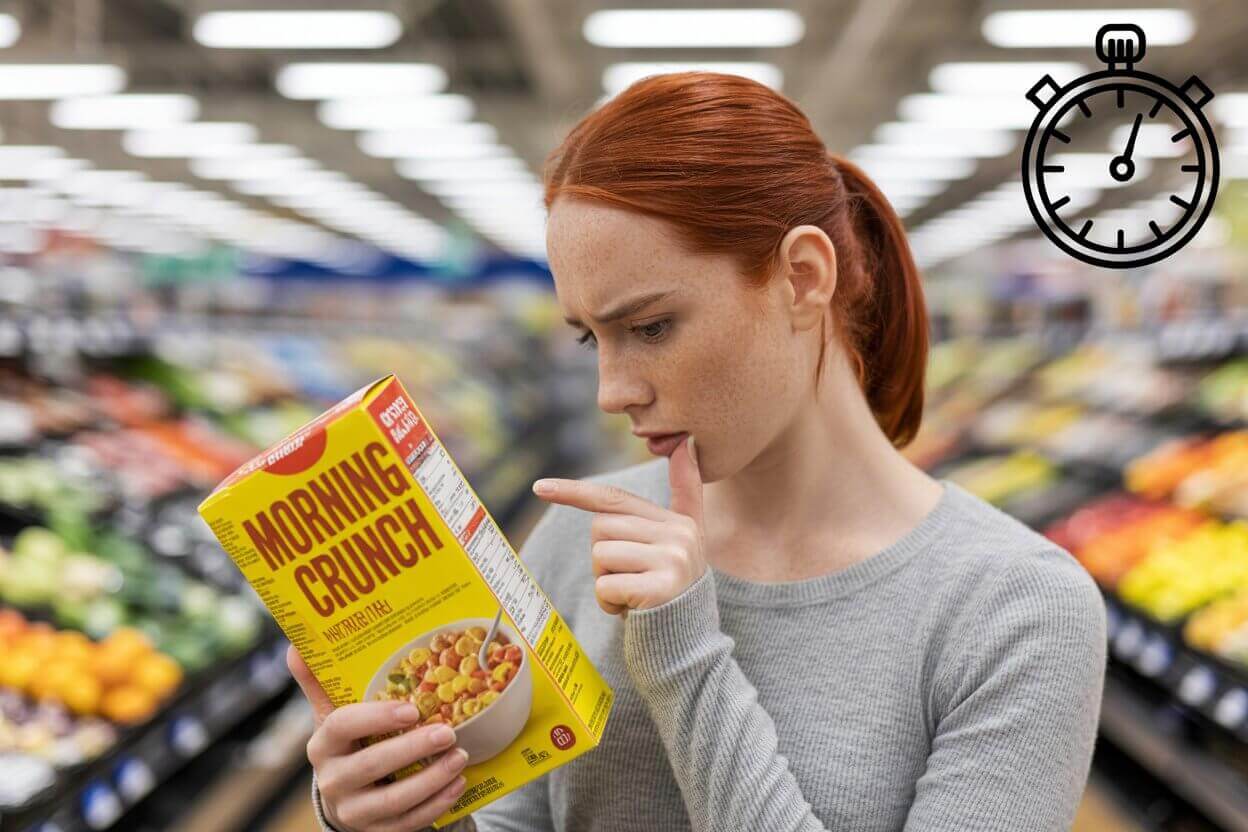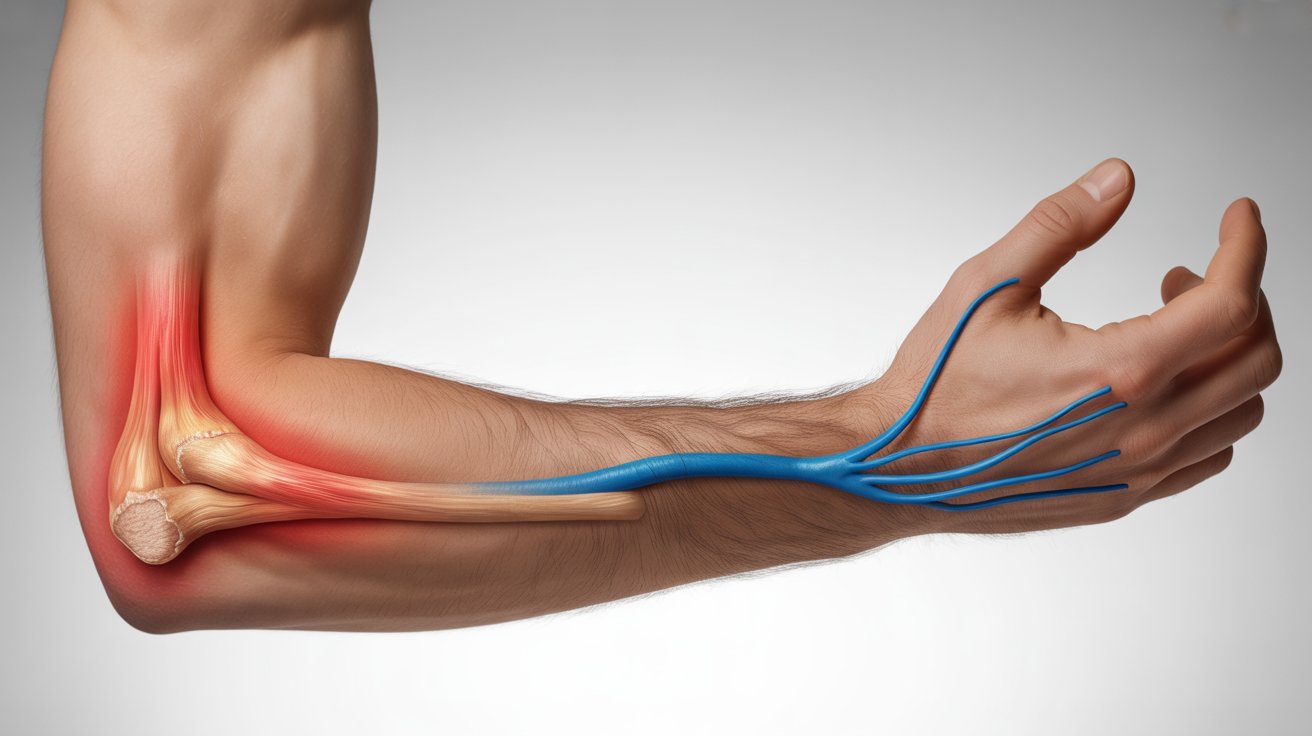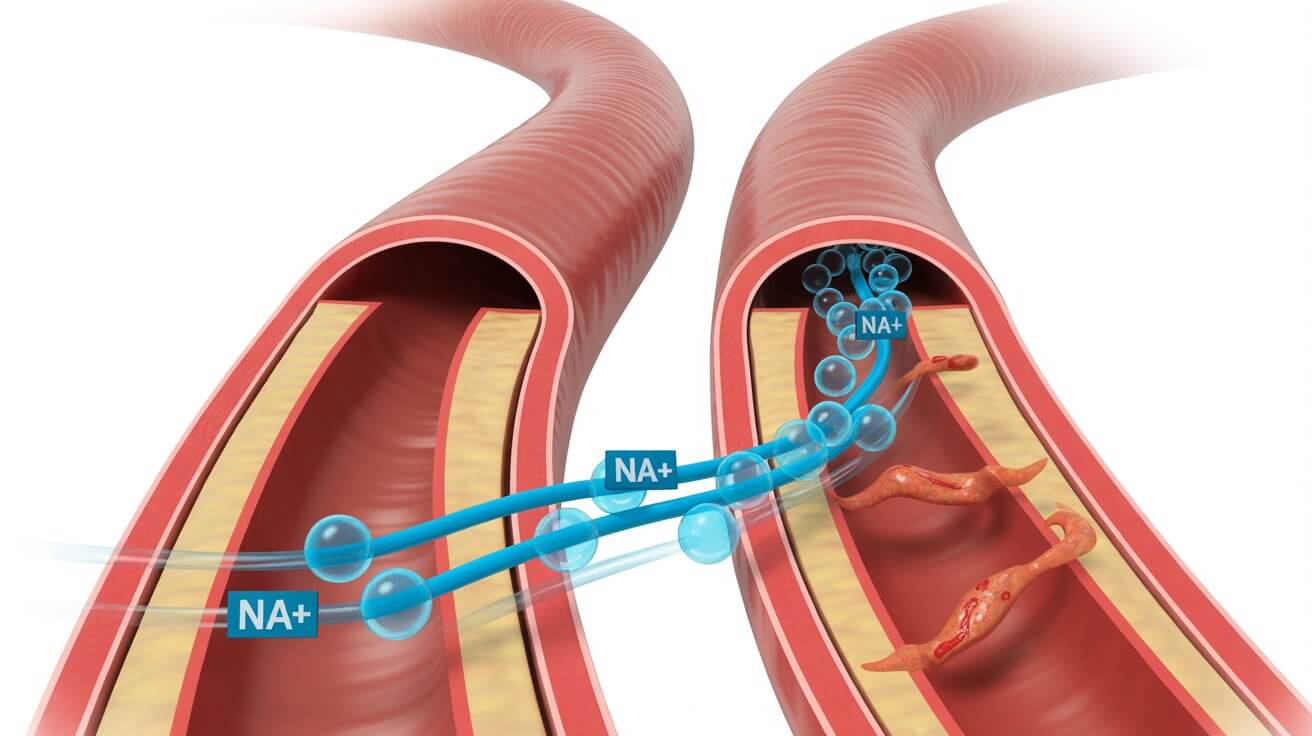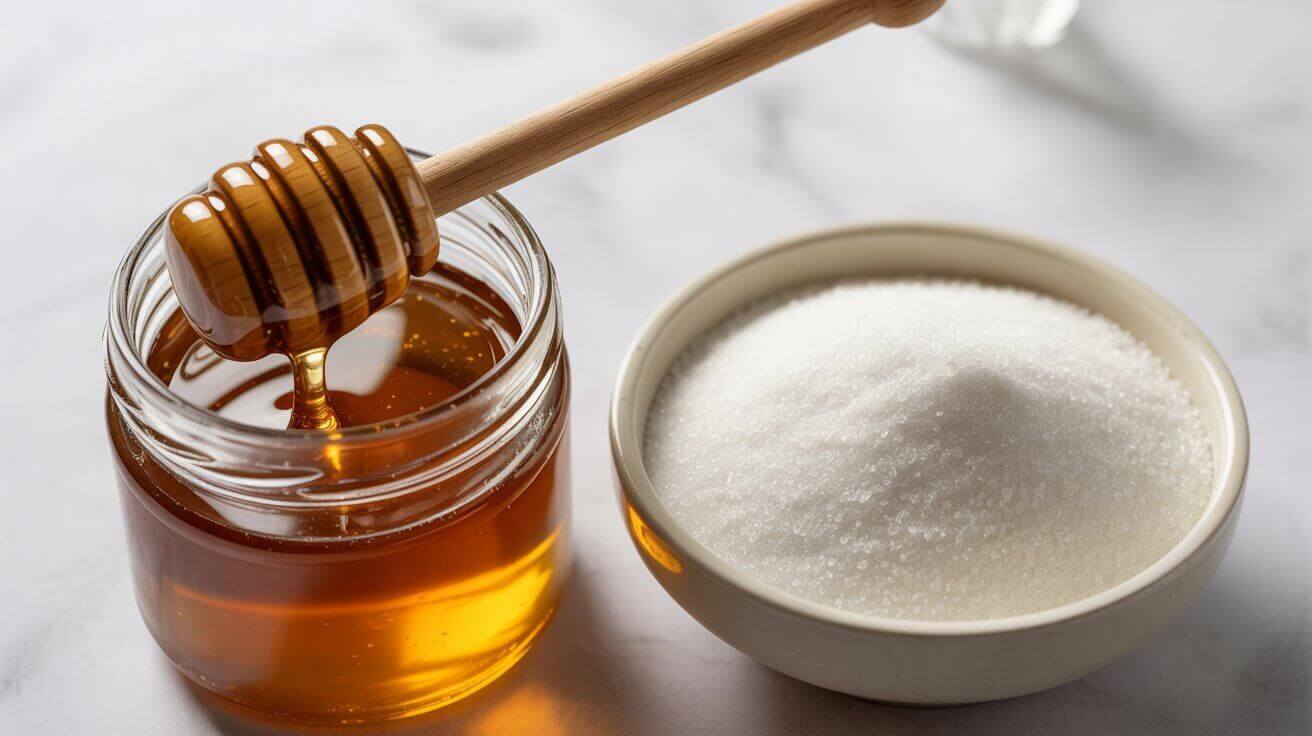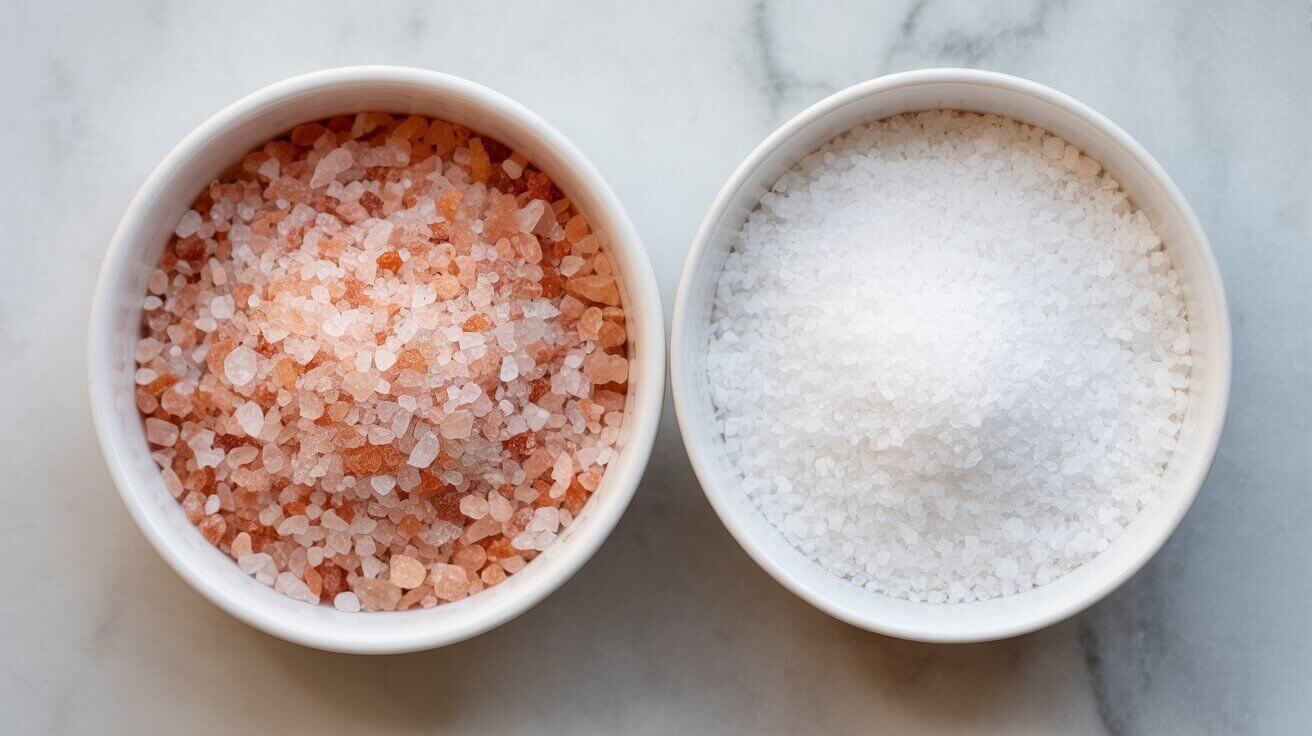Ever felt overwhelmed by the back of a food package? You’re not alone.
With all those numbers, percentages, and ingredients you can barely pronounce, nutrition labels can feel more like a chemistry test than something meant to help you. But don’t worry—we’re going to break it down, step by step, in a way that makes sense. And yes, you’ll be able to understand how to read nutrition labels in under 60 seconds.
Let’s get started.
First Things First: Why Nutrition Labels Matter
Nutrition labels are your secret weapon for smart eating. They tell you what’s really in your food—beyond what the marketing on the front of the package says. Low-fat? High-protein? “All-natural”? That’s all just advertising. The nutrition label is the truth.
Reading it gives you power over what you eat, which means better choices for your energy, your mood, your heart, and your waistline.
6 Easy Steps: How to Read Nutrition Labels Fast
🕐 Step 1: Look at the Serving Size
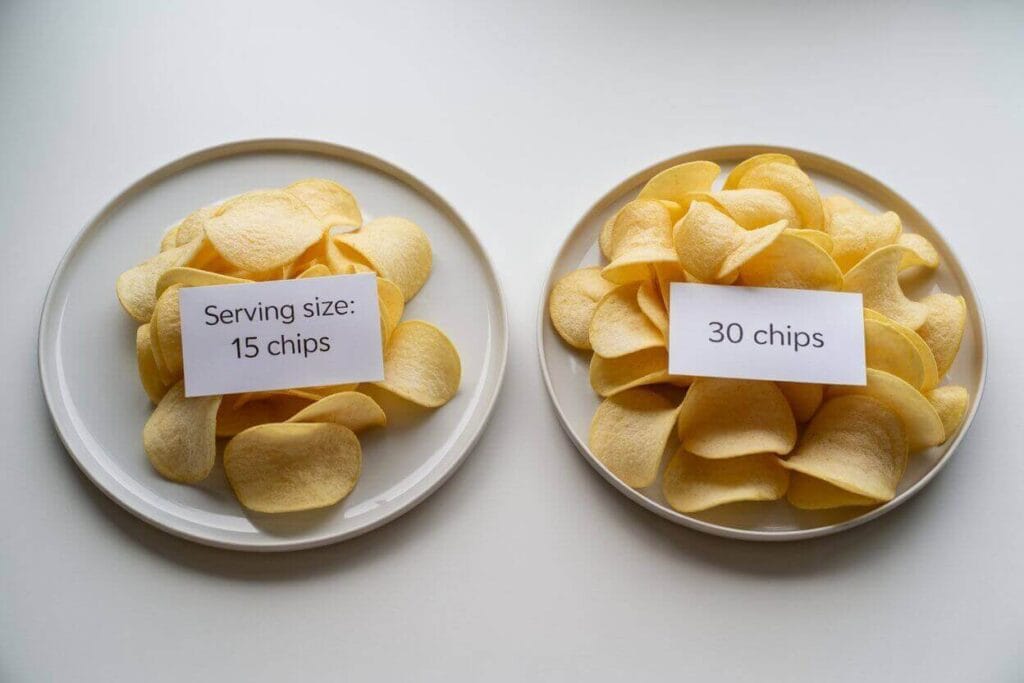
This is the sneaky part. Everything on the label is based on the serving size listed at the top. If a bag of chips says a serving is 15 chips, and you eat 30? You’re doubling all the numbers on the label—calories, fat, sugar, sodium, everything.
✅ Tip: Always ask: “How much am I actually eating compared to this serving size?”
🕐 Step 2: Check the Calories
Calories = energy. Your body needs them, but too many (especially from junk) adds up fast.
If a serving has 250 calories and you’re eating two servings, that’s 500 calories—possibly more than a small meal.
✅ Goal: Understand how calorie-dense the food is and whether it matches your hunger.
🕐 Step 3: Spotting Bad Fats on Nutrition Labels
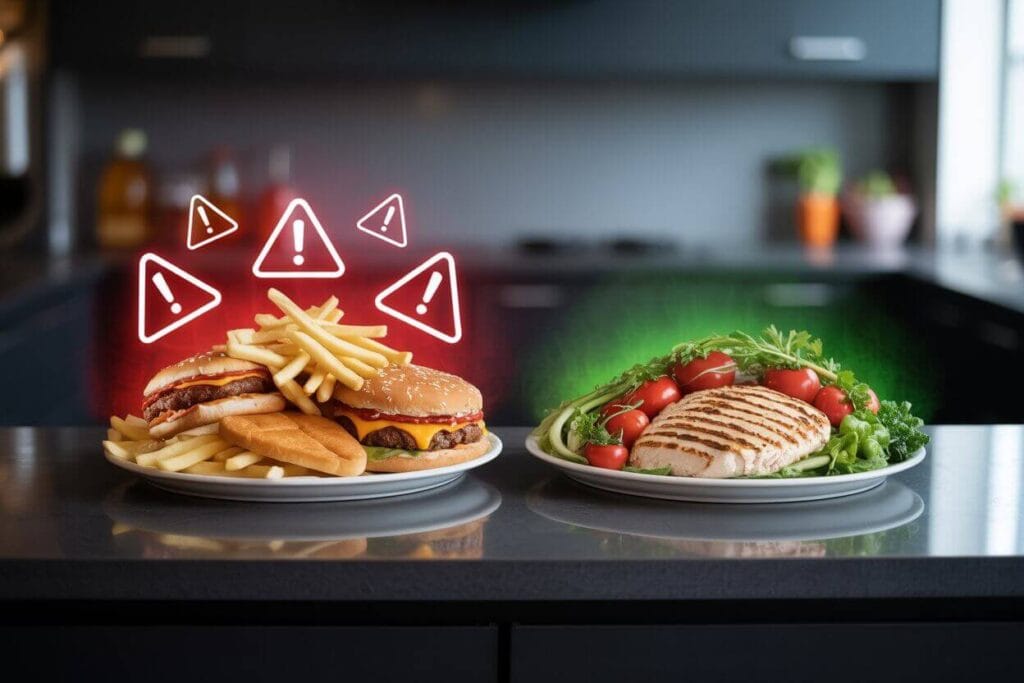
Fat isn’t the enemy—your body actually needs some to function properly. But saturated and trans fats, when eaten in excess, can raise your cholesterol and increase the risk of heart disease.
🔸 Saturated Fat:
Avoid foods with more than 4g per serving.
As a simple rule: up to 2g per serving is okay, anything higher should raise a red flag.
🔸 Trans Fat:
Best to avoid completely.
Even if the label says “0g,” check the ingredients list. If you see “partially hydrogenated oil,” there’s hidden trans fat in there.
✅ Goal: Choose foods with less than 2g of saturated fat and zero trans fat per serving.
🕐 Step 4: Sodium Check
Salt is everywhere. While our bodies need a little, too much increases blood pressure and heart risk.
A good rule of thumb:
- 140mg of sodium per serving = low
- 400mg or more = high
✅ Goal: Aim for 2,300 mg of sodium or less per day (ideally closer to 1,500 mg for most adults).
🕐 Step 5: Good Carbs vs. Added Sugars on Food Labels
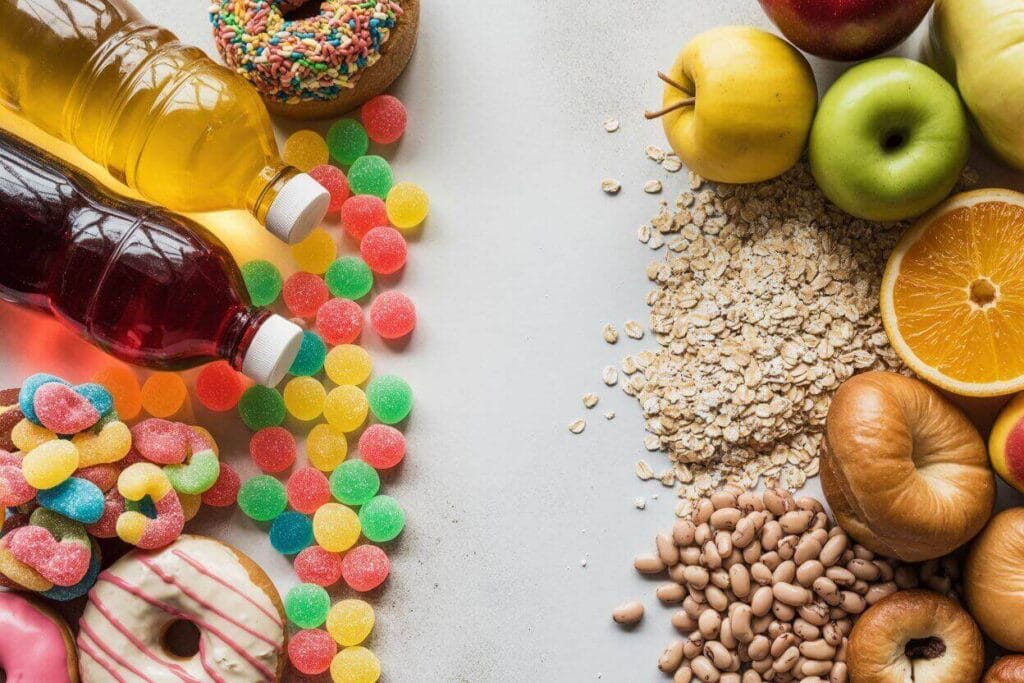
Carbs aren’t evil—but they’re not all created equal.
- Dietary Fiber: You want this! Helps digestion and keeps you full.
- 3g+ per serving = good source
- Added Sugars: You want to limit this. Naturally occurring sugar (like in fruit or milk) isn’t the concern—it’s the extra sugar added during processing.
✅ Goal: More fiber, less added sugar. The American Heart Association recommends less than:
- 36g/day for men
- 25g/day for women
And here’s something many people don’t realize—not getting enough sleep can also cause your blood sugar levels to rise, even if you’re eating well. Curious why that happens? Check out our post: Can Lack of Sleep Raise Blood Sugar?
🕐 Step 6: Protein & Percent Daily Values (%DV)
- Protein: Essential for muscles, energy, and staying full. Look for at least 5g per serving in snacks or more in meals.
- %DV (Percent Daily Value): Tells you how much of a nutrient you’re getting in one serving compared to the daily recommendation.
- 5% DV or less = low
- 20% DV or more = high
✅ Goal: High in protein, fiber, vitamins/minerals. Low in saturated fat, sodium, and added sugars.
Ingredient List Tips: What to Look for on Food Labels
If you have an extra 10 seconds, scan the ingredient list (usually under the label). Ingredients are listed in order of quantity. The first few are the most important
Watch out for:
- Sugar listed under sneaky names like “corn syrup,” “cane juice,” “fructose”
- Long lists of unrecognizable chemical names = heavily processed
✅ Rule of thumb: Fewer, simpler ingredients are generally better.
Reading Food Labels Gets Easier With Practice
Reading a nutrition label doesn’t have to be complicated or time-consuming. With a little practice, your brain will scan a label like a pro—filtering out the junk and finding what really matters.
And remember: no food label is there to judge you. It’s just information—use it to take control of your health, one snack at a time.
Nutrition Label Explained: Your 60-Second Recap

- Serving size – Are you eating one serving or more?
- Calories – Is this a snack or a full meal?
- Fats – Watch saturated and avoid trans fats.
- Sodium – Keep it under control.
- Carbs – Choose fiber-rich, limit added sugars.
- Protein & %DV – Aim for high protein and nutrients.
Your 60-second food label breakdown? Mission accomplished. 💪
Want a simple reason to know how to read nutrition labels? Research shows that people who read nutrition labels tend to eat more fiber and iron—and make overall healthier food choices—compared to those who don’t. Just a quick scan of a label can make a real difference in how well you eat (Variyam, 2008).
Medical Disclaimer: This content is for educational purposes only and does not replace professional medical advice, diagnosis, or treatment. Always consult your physician or a qualified healthcare provider with any questions about a medical condition.
